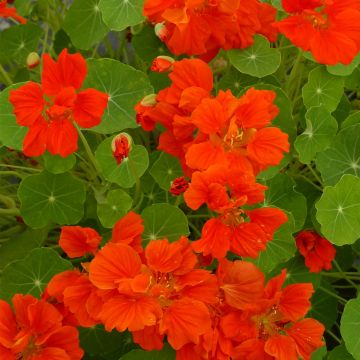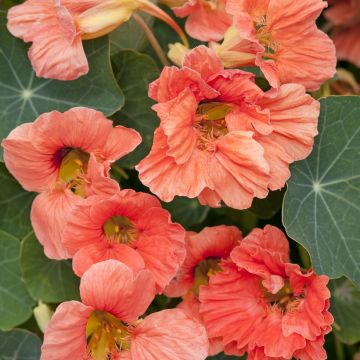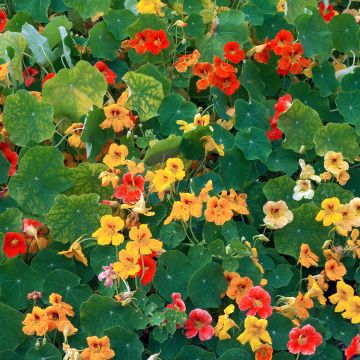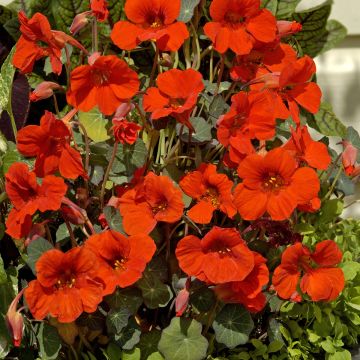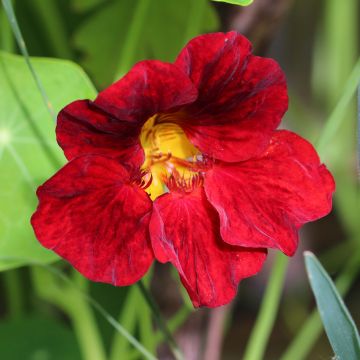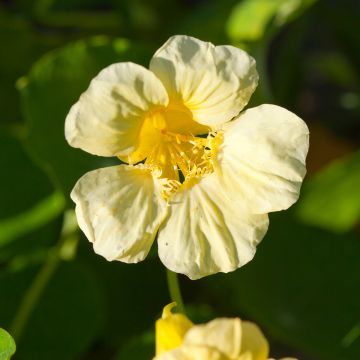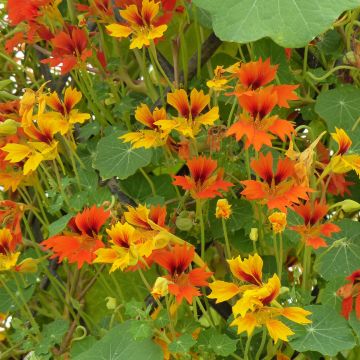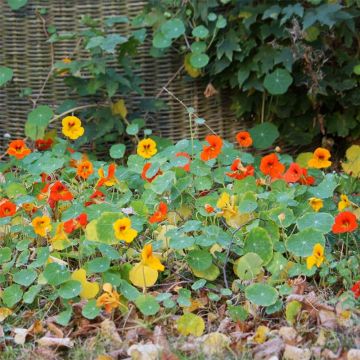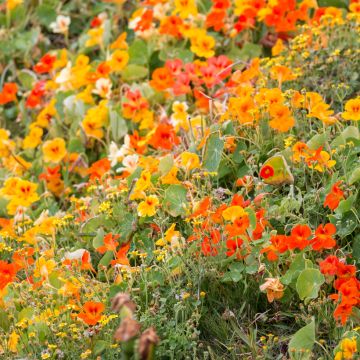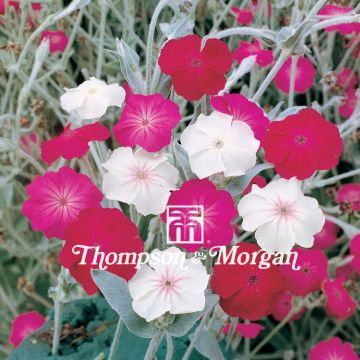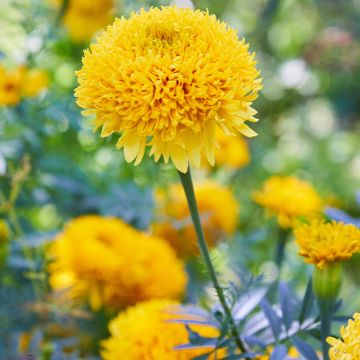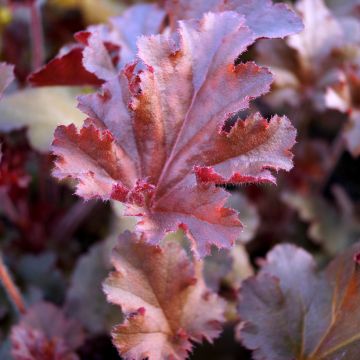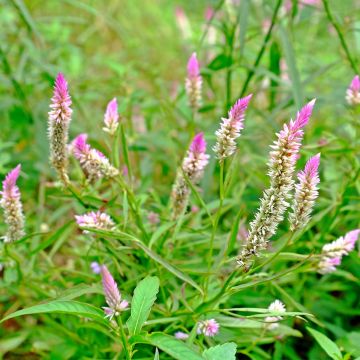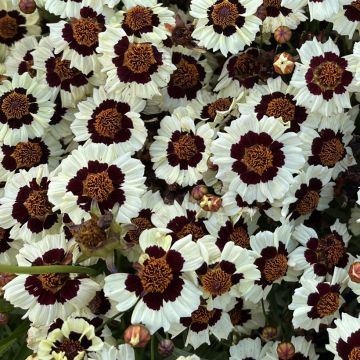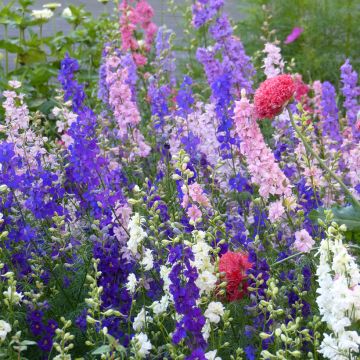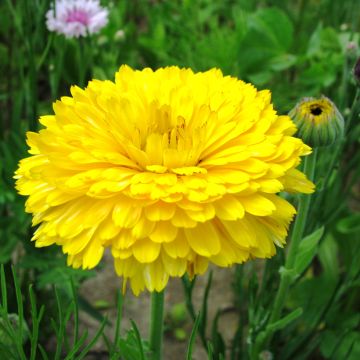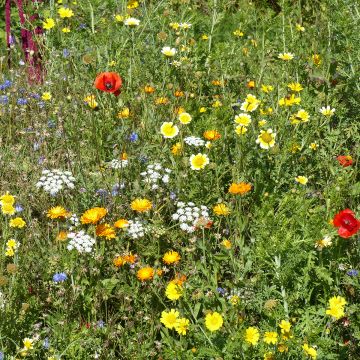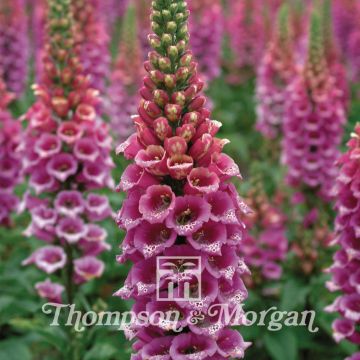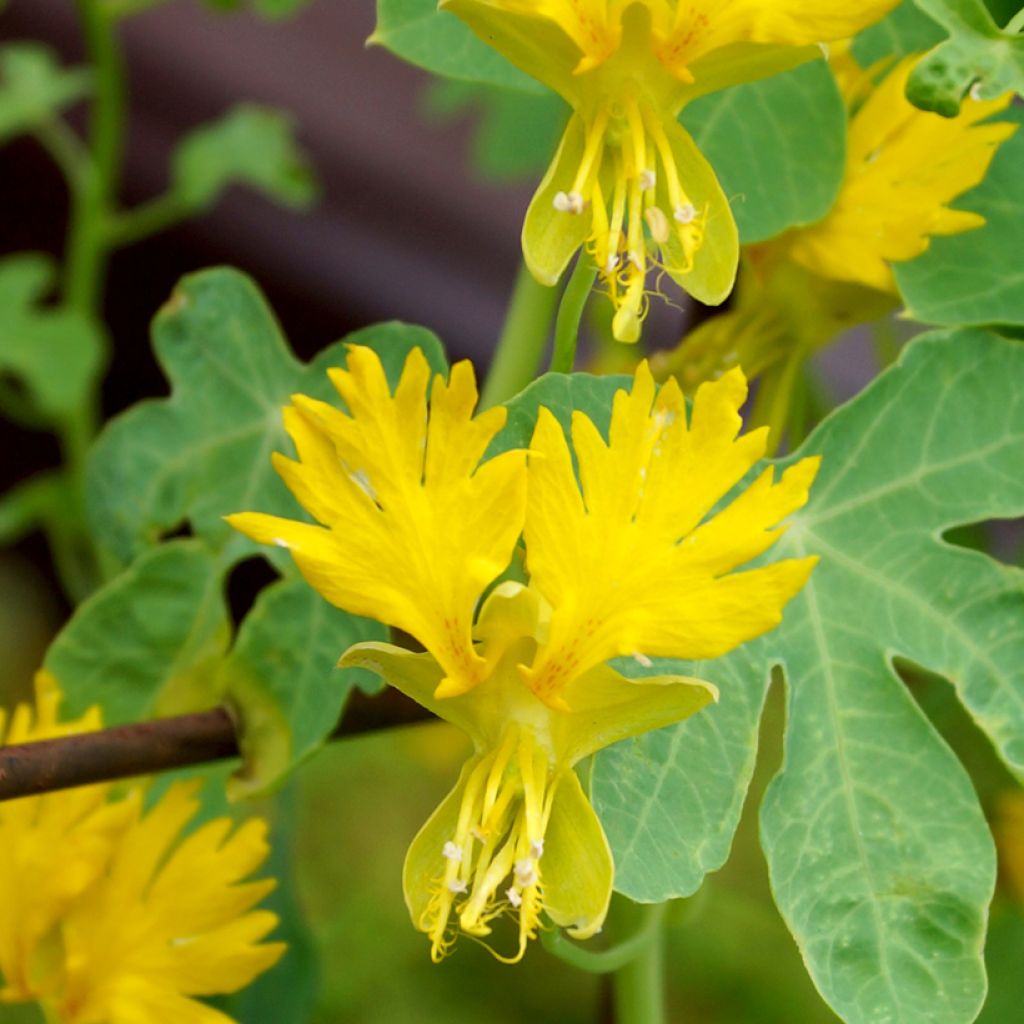

Tropaeolum peregrinum - Canary Naked Seeds
Tropaeolum peregrinum - Canary Naked Seeds
Tropaeolum peregrinum
Canary Creeper
Very disappointed. ALL the seeds have rotted.
Brigitte, 27/04/2021
This item cannot be shipped to the selected country
Dispatch by letter from €3.90
More information
Schedule delivery date,
and select date in basket
This plant carries a 6 months recovery warranty
More information
We guarantee the quality of our plants for a full growing cycle, and will replace at our expense any plant that fails to recover under normal climatic and planting conditions.
Seed-only orders are dispatched by sealed envelope. The delivery charge for seed-only orders is €3.90.
Does this plant fit my garden?
Set up your Plantfit profile →
Description
The Canary Creeper, also known as Tropaeolum peregrinum, is an unusual variety of Nasturtium with very bright canary yellow flowers. It is both creeping and climbing. It has an undeniable exotic charm, is very floriferous, and easy to grow.
Contrary to what its name and exotic charm might suggest, the Tropaeolum peregrinum or canariense is not native to the Canary Islands (botanists can be mischievous sometimes…) but to Ecuador and Peru.
It is a plant that is unique in several ways. It has slender stems and medium green foliage composed of non-peltate (round) leaves, unlike the majority of nasturtiums, but rather palmate (somewhat like fig leaves).
Its flowers display prominent stamens, with the two upper petals being wide and deeply cut, and a very bright yellow color. It is these feathery flowers that give this Nasturtium its name.
Lastly, it is not an annual but a non-hardy perennial plant, which we cultivate as an annual in our climates. If you have a heated greenhouse, you can grow it all year round.
Nevertheless, like all nasturtiums, it is a vigorous plant that quickly forms a wide carpet or takes over your supports with lots of elegance. Very easy to grow, you can associate it with other exotic climbers, such as Eccremocarpus scaber, Cobea scandens, or even Mina lobée.
Report an error about the product description
Flowering
Foliage
Plant habit
Botanical data
Tropaeolum
peregrinum
Tropaeolaceae
Canary Creeper
Cultivar or hybrid
Other Nasturtium seeds
Planting and care
Sow the seeds on the surface of a moist and well-draining seed compost. Cover them with a thin layer of compost or vermiculite. Place the seedlings in a mini greenhouse or enclose them in a polyethylene bag at a constant temperature of 15 to 20°C, until germination occurs, which usually takes 21 to 30 days. Do not deprive them of light as this is essential for germination.
When the young plants are large enough to handle, transplant them into 8cm (3.1 in) pots or trays. Gradually acclimatize them to outdoor conditions for 10-15 days before planting them with a spacing of 30cm (11.8 in) when the risk of frost has passed.
Alternatively, sow them directly in their final position in late spring at a depth of 6mm (0.2 in).
Nasturtiums thrive in a moist, well-drained soil in full sun or partial shade. They are often attacked by aphids and cabbage white butterflies. Spraying a solution made of traditional black soap and water (4 to 5 cc / 1 l of water) will help limit the damage in case of a massive aphid attack.
Sowing period
-
, onOrder confirmed
Reply from on Promesse de fleurs
Flower seeds
Haven't found what you were looking for?
Hardiness is the lowest winter temperature a plant can endure without suffering serious damage or even dying. However, hardiness is affected by location (a sheltered area, such as a patio), protection (winter cover) and soil type (hardiness is improved by well-drained soil).

Photo Sharing Terms & Conditions
In order to encourage gardeners to interact and share their experiences, Promesse de fleurs offers various media enabling content to be uploaded onto its Site - in particular via the ‘Photo sharing’ module.
The User agrees to refrain from:
- Posting any content that is illegal, prejudicial, insulting, racist, inciteful to hatred, revisionist, contrary to public decency, that infringes on privacy or on the privacy rights of third parties, in particular the publicity rights of persons and goods, intellectual property rights, or the right to privacy.
- Submitting content on behalf of a third party;
- Impersonate the identity of a third party and/or publish any personal information about a third party;
In general, the User undertakes to refrain from any unethical behaviour.
All Content (in particular text, comments, files, images, photos, videos, creative works, etc.), which may be subject to property or intellectual property rights, image or other private rights, shall remain the property of the User, subject to the limited rights granted by the terms of the licence granted by Promesse de fleurs as stated below. Users are at liberty to publish or not to publish such Content on the Site, notably via the ‘Photo Sharing’ facility, and accept that this Content shall be made public and freely accessible, notably on the Internet.
Users further acknowledge, undertake to have ,and guarantee that they hold all necessary rights and permissions to publish such material on the Site, in particular with regard to the legislation in force pertaining to any privacy, property, intellectual property, image, or contractual rights, or rights of any other nature. By publishing such Content on the Site, Users acknowledge accepting full liability as publishers of the Content within the meaning of the law, and grant Promesse de fleurs, free of charge, an inclusive, worldwide licence for the said Content for the entire duration of its publication, including all reproduction, representation, up/downloading, displaying, performing, transmission, and storage rights.
Users also grant permission for their name to be linked to the Content and accept that this link may not always be made available.
By engaging in posting material, Users consent to their Content becoming automatically accessible on the Internet, in particular on other sites and/or blogs and/or web pages of the Promesse de fleurs site, including in particular social pages and the Promesse de fleurs catalogue.
Users may secure the removal of entrusted content free of charge by issuing a simple request via our contact form.
The flowering period indicated on our website applies to countries and regions located in USDA zone 8 (France, the United Kingdom, Ireland, the Netherlands, etc.)
It will vary according to where you live:
- In zones 9 to 10 (Italy, Spain, Greece, etc.), flowering will occur about 2 to 4 weeks earlier.
- In zones 6 to 7 (Germany, Poland, Slovenia, and lower mountainous regions), flowering will be delayed by 2 to 3 weeks.
- In zone 5 (Central Europe, Scandinavia), blooming will be delayed by 3 to 5 weeks.
In temperate climates, pruning of spring-flowering shrubs (forsythia, spireas, etc.) should be done just after flowering.
Pruning of summer-flowering shrubs (Indian Lilac, Perovskia, etc.) can be done in winter or spring.
In cold regions as well as with frost-sensitive plants, avoid pruning too early when severe frosts may still occur.
The planting period indicated on our website applies to countries and regions located in USDA zone 8 (France, United Kingdom, Ireland, Netherlands).
It will vary according to where you live:
- In Mediterranean zones (Marseille, Madrid, Milan, etc.), autumn and winter are the best planting periods.
- In continental zones (Strasbourg, Munich, Vienna, etc.), delay planting by 2 to 3 weeks in spring and bring it forward by 2 to 4 weeks in autumn.
- In mountainous regions (the Alps, Pyrenees, Carpathians, etc.), it is best to plant in late spring (May-June) or late summer (August-September).
The harvesting period indicated on our website applies to countries and regions in USDA zone 8 (France, England, Ireland, the Netherlands).
In colder areas (Scandinavia, Poland, Austria...) fruit and vegetable harvests are likely to be delayed by 3-4 weeks.
In warmer areas (Italy, Spain, Greece, etc.), harvesting will probably take place earlier, depending on weather conditions.
The sowing periods indicated on our website apply to countries and regions within USDA Zone 8 (France, UK, Ireland, Netherlands).
In colder areas (Scandinavia, Poland, Austria...), delay any outdoor sowing by 3-4 weeks, or sow under glass.
In warmer climes (Italy, Spain, Greece, etc.), bring outdoor sowing forward by a few weeks.


































